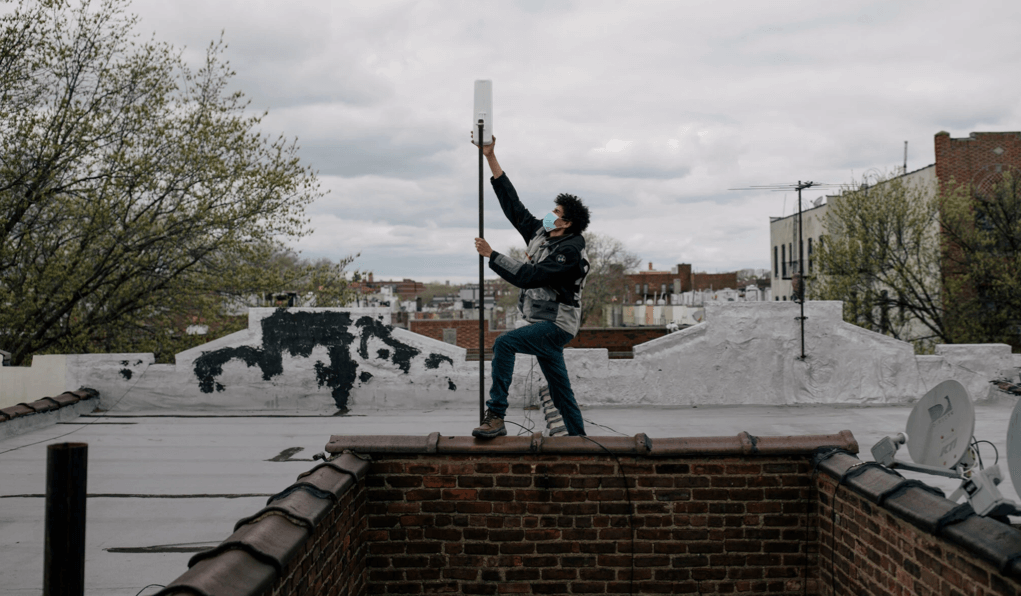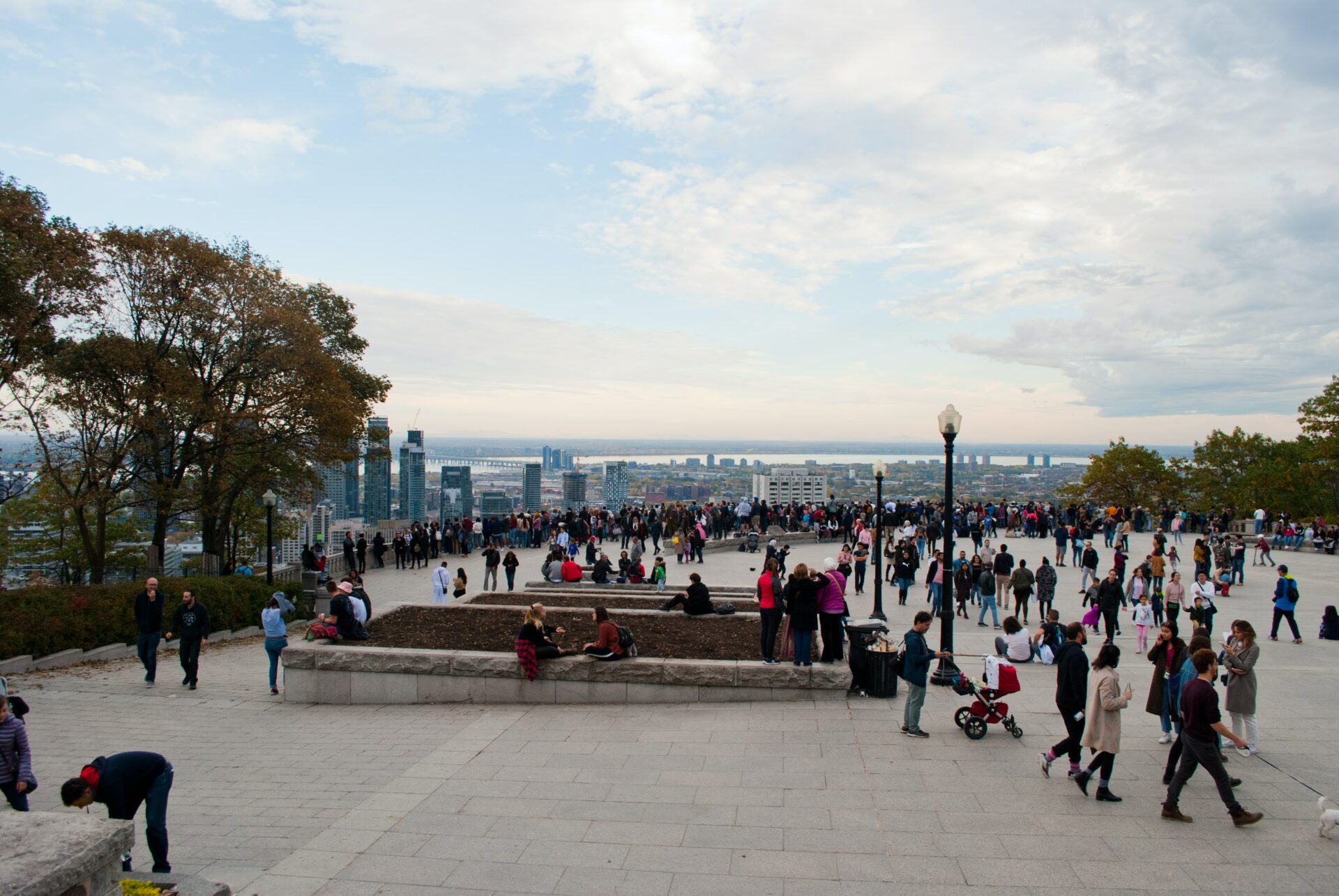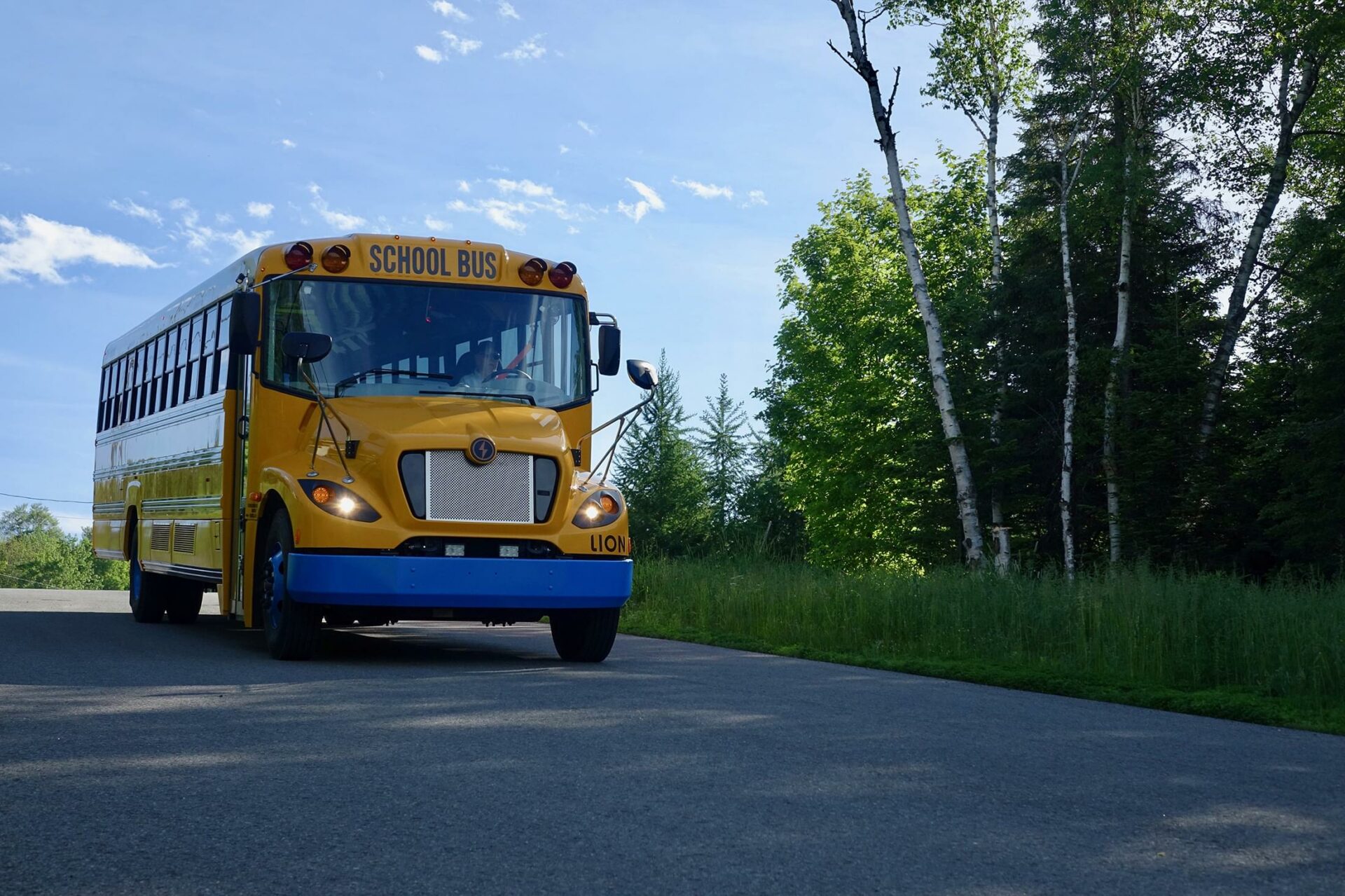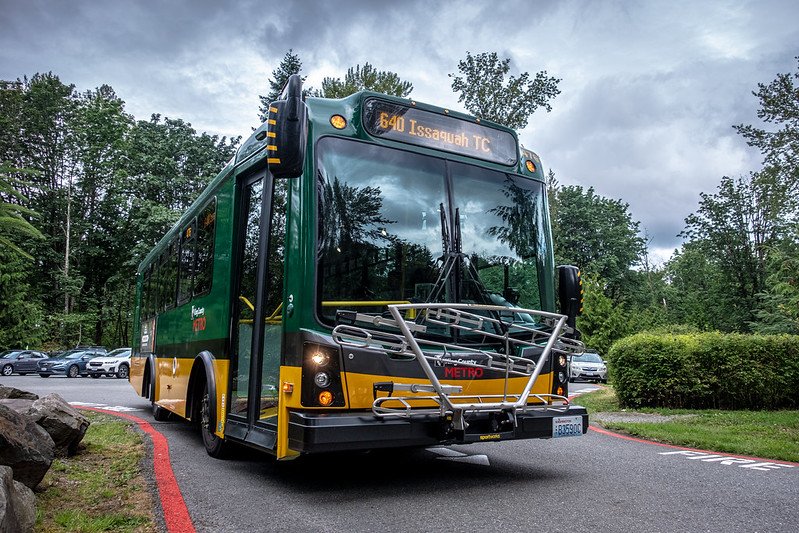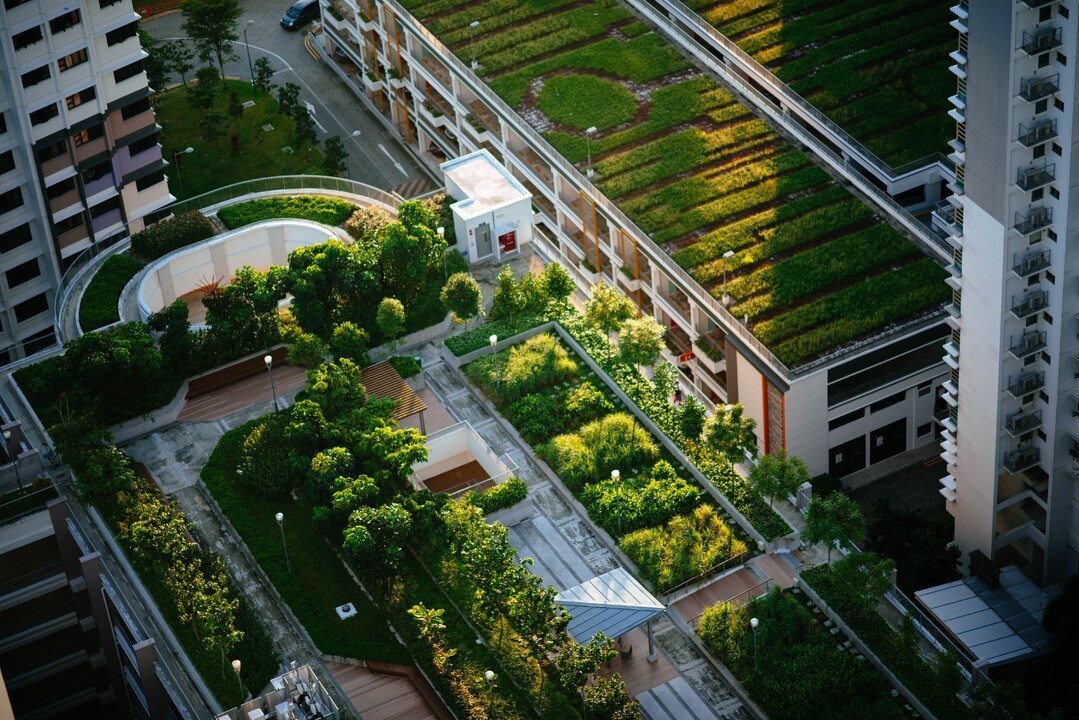Guerilla Wi-Fi
They’ve been around since the early 2000s but have never gained much prominence since most of them are operated by volunteers and often face policy and lobbying headwinds. However, that kind of community infrastructure remains important as decent Internet becomes an ever more essential part of every day life but is not evenly distributed across neighbourhoods. ‘Welcome to the Mesh, Brother’ is a good article on the topic that shows how they work, but perhaps more importantly how oligopolies—in this case in New York but it’s a common issue elsewhere—still have to be forced into providing quality service in less affluent parts of the city and constantly delay.

